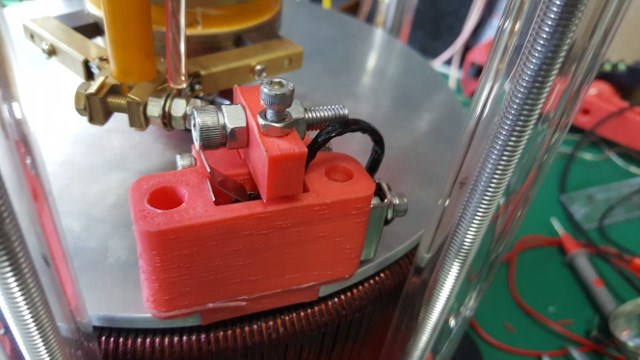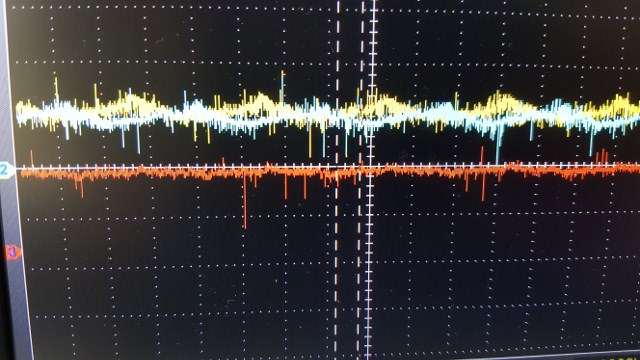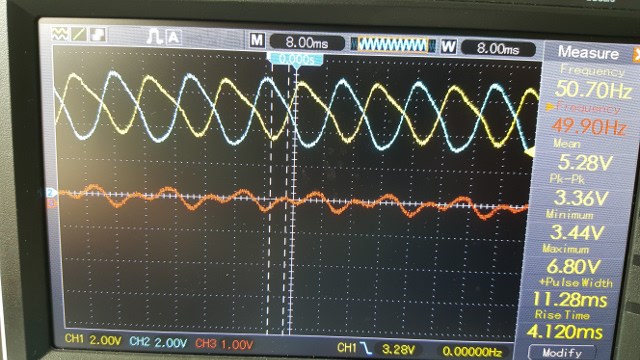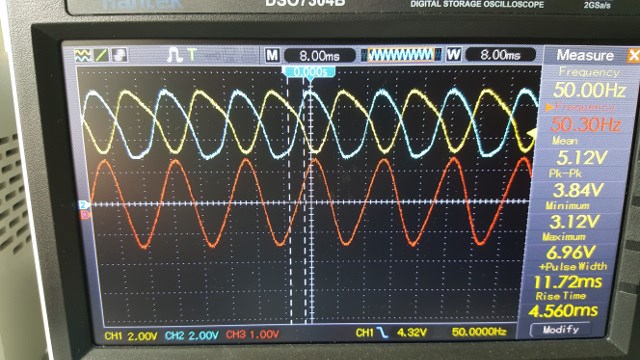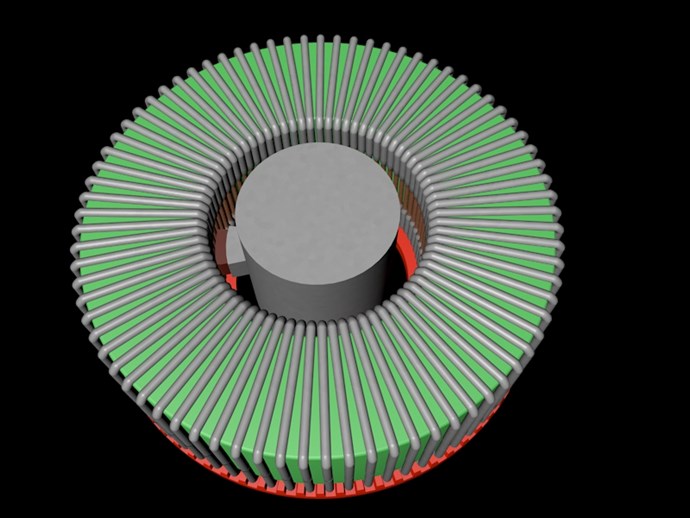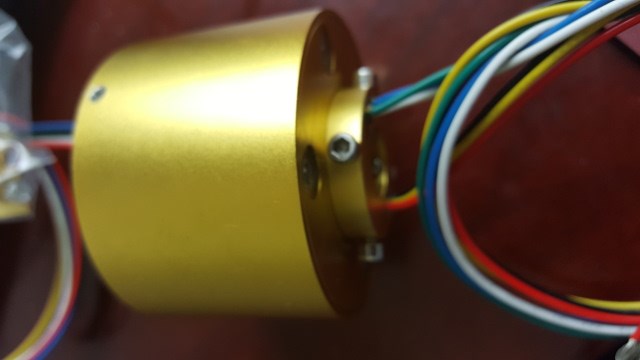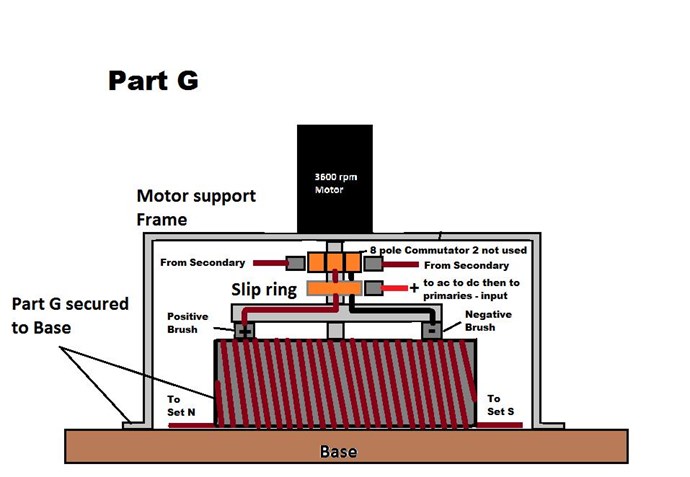There are still a lot of people out there that still believe part G will not work and that inductance can't control currant flow. well guess what, the evidence has been sitting right in front of your face for many, many years unnoticed.
here is a quote from Wikipedia;
The inductance of a circuit depends on the geometry of the current path, and on the magnetic permeability of nearby materials; ferromagnetic materials with a higher permeability like iron near a conductor tend to increase the magnetic field and inductance. Any alteration to a circuit which increases the flux (total magnetic field) through the circuit produced by a given current increases the inductance, because inductance is also equal to the ratio of magnetic flux to current[14][15][16][17]

what this means is by increasing the magnetic field to currant ratio will in fact cause less currant to flow as the magnetic linking to the circuit increases thus the reverse EMF (C-EMF) to the original currant flow increases. so by rotating a positive brush making contact in a make before break scenario (Constant currant flow) you are constantly changing the ratio of magnetic field to currant on either side of the brush which has a N><N opposing fields to keep them separate but will remain in complete unison. as the brush rotates one link is taken away on one side but added to the other side keeping both primary electromagnet is complete unison. each time a loop is added it increases the magnetic field to currant ratio thus causing the currant reduction. the opposite is also true, with loops being taken away there will be a decrease in magnetic field to currant ratio thus more currant will flow. the reducing side will release that reduced potential while the increasing side is storing into the magnetic field for the next half cycle.
when the reduced currant situation happens as the circuit length is increased the stored magnetic field will release that reduced potential into the system with that of reduced potential of the reducing primary combined with the secondary loop back causes the amplification to the rising side of the system.
answers to your disbelief has been there all this time just waiting to be read and understood. the whole action from above is taking a passive inductor from a static position to an active position then getting constant currant control as the positive brush rotates
thus concludes inductor advanced class 105. resistor 101 introduction was canceled due to fire damage in the bullding. ha, ha, ha, ha !
my grand father once told me that you learn until the day you die so from that it is never to late to learn as long as God gives you breath.
Marathonman
![]()















